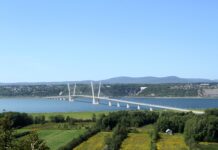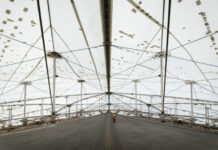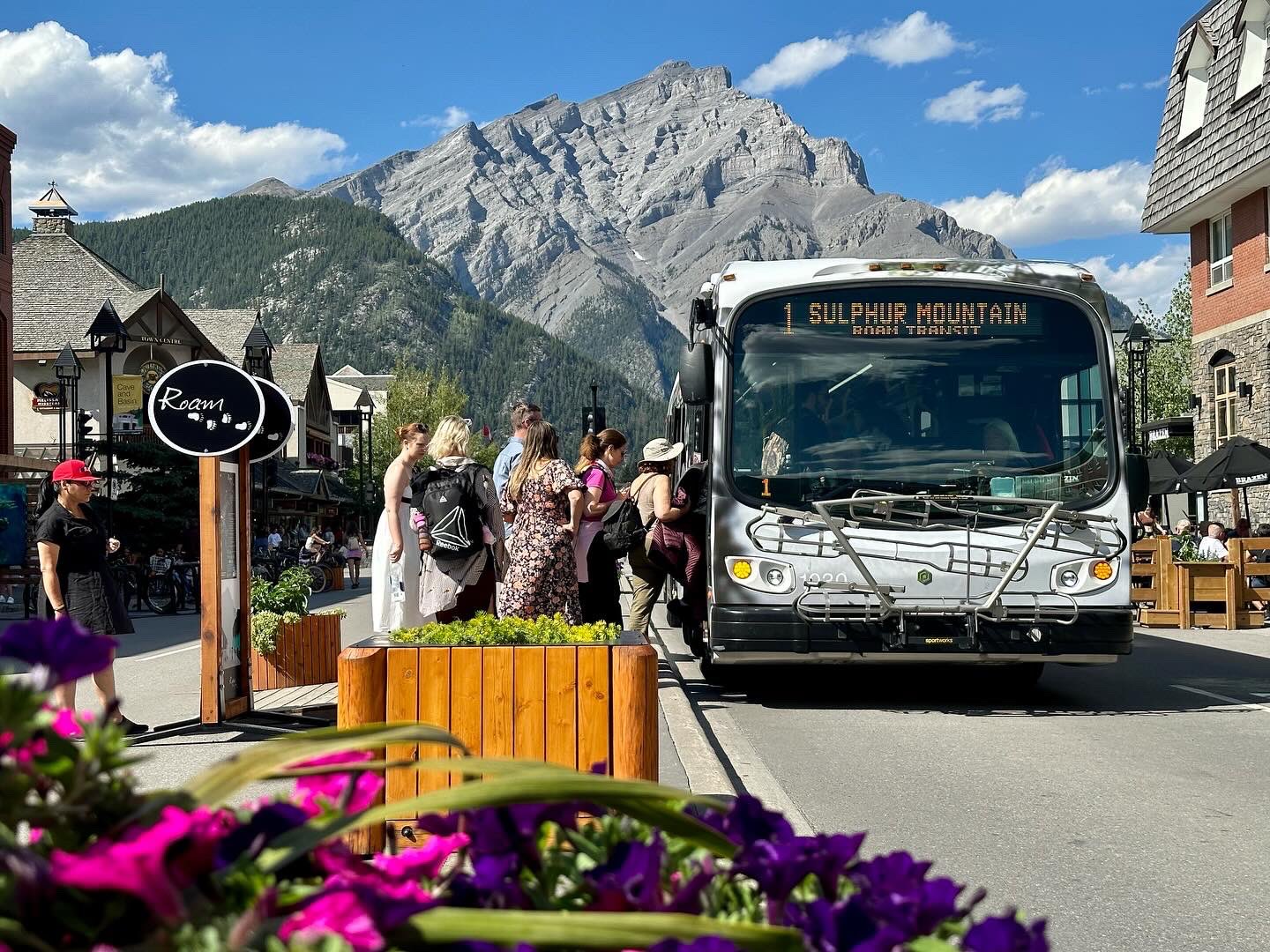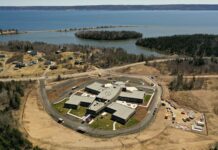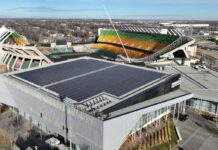The Government of Canada and the Town of Banff announced an investment of more than $13 million that will broaden access to transportation options and improve traffic flow in the busy Banff region. In addition, improvements to ventilation and lighting in two public local buildings will support a healthier indoor environment.
With today’s funding, up to five accessible hybrid electric buses will be deployed in the Bow Valley region to provide improved transit service. Adding to the existing fleets within Banff, Canmore and Lake Louise, the Bow Valley Regional Transit Services Commission will also replace current diesel buses with a mix of hybrid and electric vehicles that will include some extended range capabilities to be effective in the varying weather and terrain conditions. Funding will also support the expansion of services between Canmore, Banff and Lake Louise. These rural communities will benefit from the purchase of three accessible transit buses specifically to extend the current fixed route service and help improve connectivity in the entire region.
“Banff is one of the main hubs in the very busy Bow Valley region and the investments we’re making in local transit projects and community buildings will make it easier and faster for folks to get to where they want to go and upgrade the efficiency of public spaces,” said Sean Fraser, Minister of Housing, Infrastructure and Communities.
Through a partnership between Banff and the Bow Valley Regional Transit Services Commission, a new transit express lane will be created on Mountain Avenue which connects the downtown, a residential neighbourhood and two main tourist attractions in the area. The town will also see the creation of a new multi-use pathway to better connect residents and tourists with the existing local Roam Public Transit system and help reduce traffic congestion through the area.
“This investment will add a critical transit lane, as well as bicycle and pedestrian path, in our community. It will help our leading-edge transit system to move more people faster and more effectively. We know reliable and frequent transit takes personal vehicles off of our finite road network, reduces greenhouse gas emissions, and maintains our crystal clean air quality, all while improving the overall experience for the four million visitors to Banff each year and the 9,000 residents who work hard to welcome Canadians to their premier national park. The federal support for our energy efficiency upgrades in key facilities strengthens our goal to be a model environmental community and it creates financial sustainability in our vital cultural spaces,” said Corrie DiManno, Mayor of the Town of Banff.
Banff will also see investments in ventilation and lighting in notable local buildings to help improve the efficiency of these public spaces. The Catharine Robb Whyte Building will see upgrades to the existing lighting system with high efficiency LED fixtures and new automatic controls to reduce energy waste through a safer, hands-free operation. These improvements are expected to reduce the facility’s energy consumption by an estimated 11% and greenhouse gas emissions by 25.10 tonnes annually. Upgrades to the Banff Centre for Arts and Creativity will be made to the Farrally Hall, Vinci Hall and Glyde Hall with Walter Philips Gallery and will include additional ventilation units and the replacement of outdated equipment to improve overall energy efficiency in the buildings.
“Roam Public Transit is continually striving to reduce congestion and contribute to lowering emissions through offering increased sustainable transit options within the Bow Valley. The funding provided through the Federal Investing in Canada Infrastructure Program and the Rural Transit Solutions Fund, supplemented by our partners Canmore, Banff and Improvement District 9, is allowing Roam to continue moving forward on this journey. This opportunity will further encourage and enable residents and visitors to move throughout the Bow Valley without the use of a private vehicle,” said Dave Schebek, Board Chair, Bow Valley Regional Transit Services Commission.
The federal government is investing $8,789,777 towards these five projects through various programs including the Public Transit Infrastructure Stream (PTIS) and the COVID-19 Resilience Infrastructure Stream (CVRIS) of the Investing in Canada Infrastructure Program (ICIP), the Rural Transit Solutions Fund (RTSF), as well as the Green and Inclusive Community Buildings (GICB) program. The Town of Banff is investing $4,932,765 and the Town of Banff Environmental Reserve is contributing $35,034.
“With this funding, we will be able to make important upgrades to two of the most historic buildings on our campus: Farrally Hall and Vinci Hall, as well as Glyde Hall with the Walter Philips Gallery. With this work, these three buildings will be able to significantly improve the environmental conditions and air quality which will better serve artists and leaders who come to Banff Centre,” said Chris Lorway, president and CEO, Banff Centre for Arts and Creativity
Featured image: (Bow Valley Regional Transit Services Commission)

